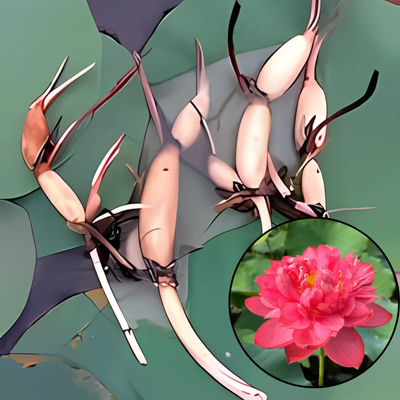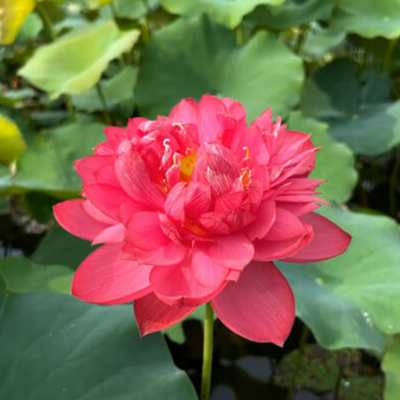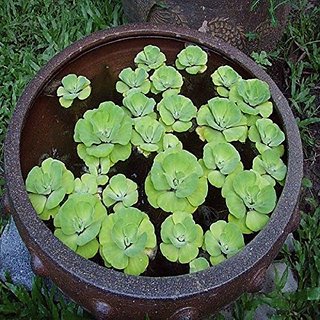Green Paradise Live-Heliconia Wagneriana Plant with Plastic Pot
Rs. 499.00
Guaranteed Safe Checkout
Green Paradise Offer Beautiful Heliconia Wagneriana Plant
About Heliconia Wagneriana Plant
Heliconia wagneriana is a stunning and attractive tropical plant known for its unique and colorful inflorescence.
Here's what I can tell you about Heliconia wagneriana:
Scientific Name: Heliconia wagneriana
Appearance:
Heliconia wagneriana, commonly known as "Red Christmas" or "Christmas Heliconia," is a member of the Heliconiaceae family. The plant is native to the tropical regions of Central and South America. It is characterized by its large, paddle-shaped leaves and strikingly vibrant inflorescence.
Inflorescence:
The true flowers of Heliconia wagneriana are relatively small and are surrounded by showy, modified bracts that provide its striking appearance. The bracts are usually red or reddish-orange with contrasting yellow tips, resembling the colors associated with Christmas decorations, which explains one of its common names.
Growth Habit:
Heliconia wagneriana grows as a perennial herbaceous plant and can reach a height of about 6 to 12 feet (1.8 to 3.7 meters), depending on the growing conditions and the setting in which it is grown.
Rhizomes:
Like other Heliconia species, Heliconia wagneriana grows from underground rhizomes. These rhizomes serve as storage organs for nutrients and water, and they also facilitate the plant's propagation and growth.
Cultural Requirements:
Heliconia wagneriana thrives in warm and humid tropical climates. It prefers well-draining soil and partial shade but can tolerate some sunlight. The plant requires regular watering to maintain its lush growth and blooming.
Landscape Use:
Heliconia wagneriana is commonly used in tropical gardens, landscapes, and botanical displays to add a vibrant splash of color. Its attractive inflorescence makes it a popular choice for gardeners and landscape designers looking to create eye-catching focal points.
Other Considerations:
It's essential to protect Heliconia wagneriana from freezing temperatures, as it is not cold-hardy. In colder regions, it can be grown in greenhouses or as indoor plants. Regular fertilization can help promote healthy growth and blooming.
Heliconia wagneriana, with its bright and festive appearance, is a delightful addition to tropical and subtropical gardens, providing a touch of tropical flair and beauty. If you are considering growing this plant, make sure to provide it with the appropriate care and environment it needs to thrive. Consulting with local horticulturists or gardening experts familiar with tropical plants can be beneficial in achieving successful cultivation.
How To Grow Heliconia Wagneriana Plant
Heliconia wagneriana, also known as the Wagner's heliconia or Giant Lobster Claw, is a stunning tropical plant known for its striking inflorescence that resembles a lobster's claw. Growing Heliconia wagneriana can be a rewarding experience, but it requires specific care and conditions to thrive.




